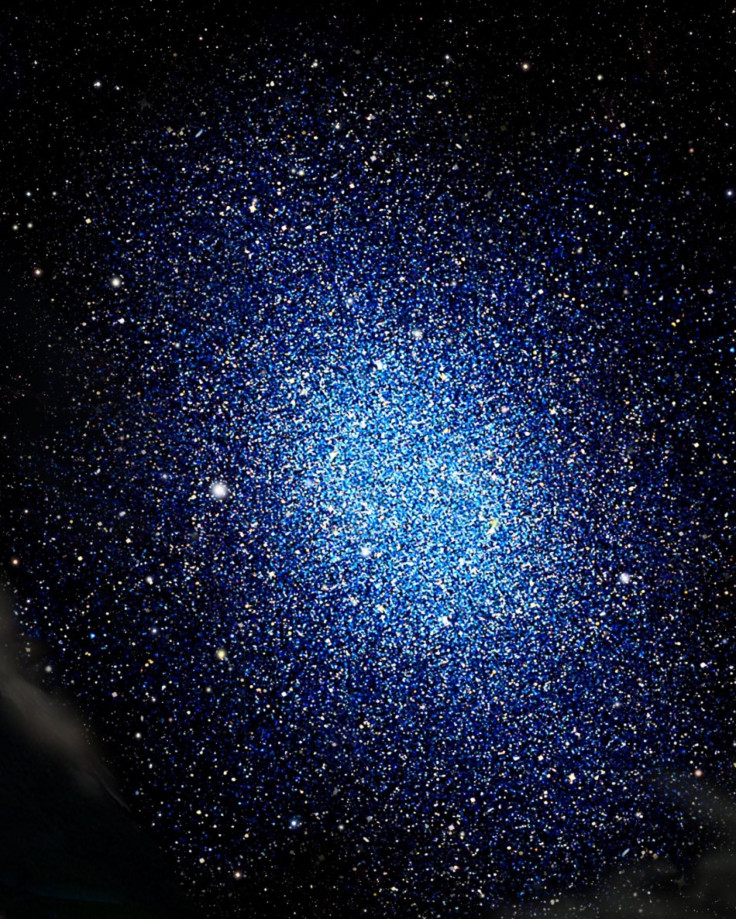Dark Matter Mystery Getting Darker, Baffling Scientists

Dark matter, one of the great question marks at the heart of modern astrophysics, has always been mysterious, but new findings seem to indicate that we know even less about it than we thought we did. A team at the Harvard-Smithsonian Center for Astrophysics in Cambridge, Massachusetts has published a report outlining its findings that the dark matter contained within the nearby dwarf galaxies Fornax and Sculptor appears to be evenly distributed rather than being concentrated at the center of each, as existing theories around dark matter would predict.
"After completing this study, we know less about dark matter than we did before," said Matt Walker, a Hubble Fellow at the Harvard-Smithsonian Center for Astrophysics and lead writer of the study in a press release.
Dwarf galaxies, which are low-mass bodies with relatively uniform distributions of stars, are the most common type of galaxy in the neighborhood of the Milky Way. Their dark matter-heavy composition - 99% dark matter to just 1% ordinary matter - makes them perfect candidates for studying the mysterious particles.
Though widely accepted as a probability in the world of astrophysics, dark matter has yet to be identified or even observed; scientists postulate its existence based on the gravitational pull it seems to exert on objects around it.
Astronomer Fritz Zwicky first proposed the existence of dark matter in 1934 when he observed that clusters of galaxies, which were largely devoid of observable matter except for stars and gas, were rotating so quickly that they should have flown apart. Zwicky hypothesized that there must be some form of unidentified material within the galaxies, holding them together with its gravitational pull.
It is this attractive aspect of dark matter that has played such an important role in cosmological theory, placing dark matter front and center of the birth of new galaxies. Today, it is assumed that dark matter consists of "cold," or slow-moving, particles whose low velocity makes them especially given to gathering together in clumps. Over time, these clumps grow larger, attracting normal matter and eventually forming enormous galaxies.
Computer renderings of this process result in a consistent model wherein dark matter is gathered more densely at the center of the galaxies it forms. However, the paper, A Method for Measuring (Slopes of) the Mass Profiles of Dwarf Spheroidal Galaxies, describes an even distribution to the dark matter found within the two dwarf galaxies, confounding cosmologists.
"If a dwarf galaxy were a peach, the standard cosmological model says we should find a dark matter 'pit' at the center," said co-author Jorge Peñarrubia of the University of Cambridge in the United Kingdom. "Instead, the first two dwarf galaxies we studied are like pitless peaches."
Some have suggested that dark matter might interact more with ordinary matter than current theories suggest, making it more susceptible to being scattered by ordinary matter. The other possibility is that dark matter is not, in fact, "cold," and moves faster than suspected, again allowing for a wider distribution. Either way, the growing evidence that something is amiss in the current conceptualization of dark matter is spurring discussion around the possible need for a new model.
"Our measurements contradict a basic prediction about the structure of cold dark matter in dwarf galaxies," said Dr. Walker. "Unless or until theorists can modify that prediction, cold dark matter is inconsistent with our observational data."
© Copyright IBTimes 2025. All rights reserved.





















